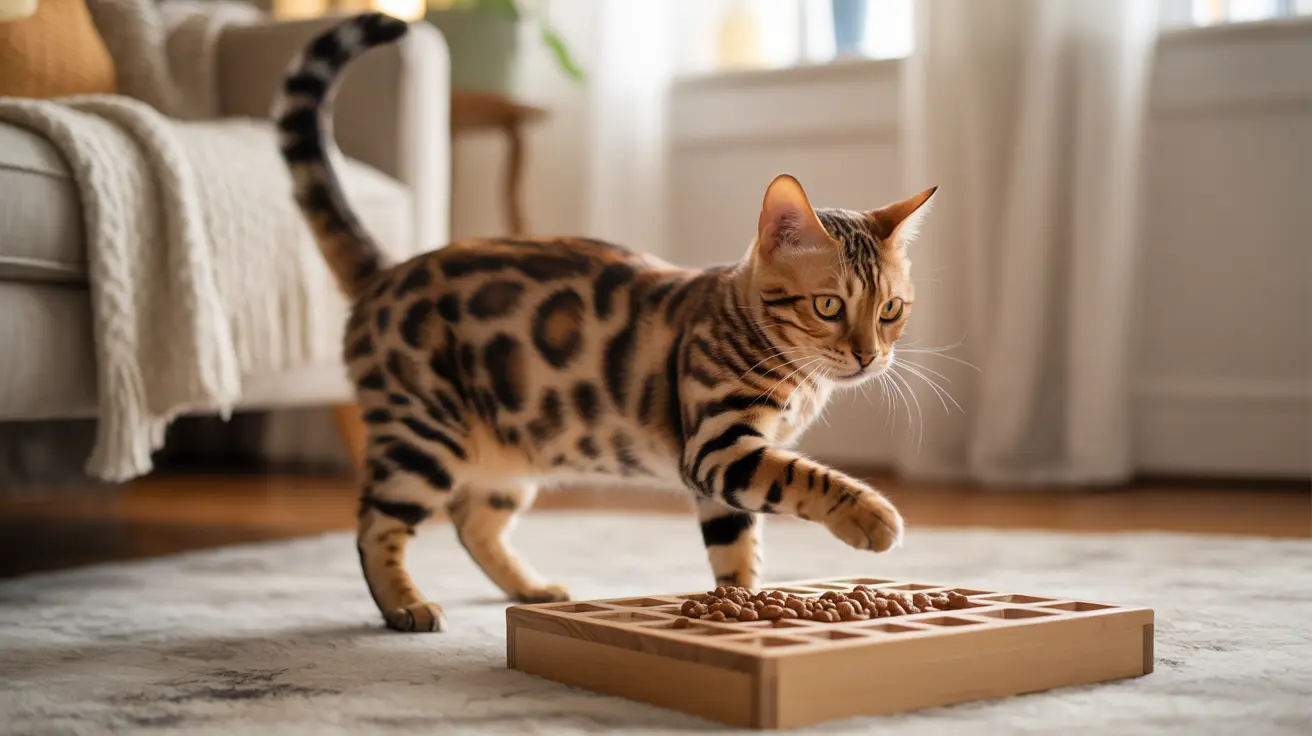As your kitten transitions into young adulthood, understanding the specific needs of 1-year-old cats becomes crucial for ensuring their long-term health and happiness. This comprehensive guide will walk you through everything you need to know about caring for your cat during this important life stage.
At one year old, your cat is entering a new phase of life that requires adjustments to their care routine, from dietary changes to preventive healthcare measures. Let's explore the essential aspects of caring for your 1-year-old feline companion.
Health and Preventive Care Essentials
Annual veterinary check-ups become crucial when your cat turns one. These visits typically include comprehensive physical examinations, necessary vaccine boosters, and preventive health screenings. Your veterinarian will assess your cat's overall health, weight, and development while updating their vaccination schedule.
Dental care is particularly important at this age. Establish a regular tooth-brushing routine using cat-specific toothpaste to prevent periodontal disease, which can affect up to 90% of cats over age four if left unchecked.
Nutrition and Feeding Guidelines
One of the most significant changes for 1-year-old cats involves their diet. It's time to transition from kitten food to adult cat food, as their nutritional needs have evolved. This switch should be gradual, typically over 7-10 days, to prevent digestive issues.
Monitor portion sizes carefully, as obesity often begins developing around this age. Feed measured amounts according to your cat's weight and activity level, and avoid free-feeding unless specifically recommended by your veterinarian.
Exercise and Mental Stimulation
Young adult cats need regular physical activity to maintain a healthy weight and prevent behavioral issues. Provide at least two 15-minute play sessions daily, using interactive toys that simulate hunting behavior.
Create an enriching environment with climbing spaces, scratching posts, and puzzle feeders. These elements help satisfy your cat's natural instincts while providing necessary mental stimulation.
Grooming and Physical Maintenance
Establish a regular grooming routine that includes brushing, nail trimming, and coat inspection. Long-haired cats may need daily brushing, while short-haired cats typically do well with weekly sessions.
Pay special attention to signs of parasites or skin issues during grooming sessions, as early detection can prevent more serious health problems.
Behavioral Changes and Social Development
At one year old, cats typically show more settled behavior patterns but still maintain playful energy. They may become more territorial and establish stronger bonds with their preferred human companions.
Watch for any sudden behavioral changes, as these could indicate health issues or environmental stressors that need addressing.
Frequently Asked Questions
What are the essential health check-ups and vaccinations my 1-year-old cat needs?
Your 1-year-old cat needs an annual wellness exam, core vaccine boosters (FVRCP and rabies), and may require additional vaccines based on lifestyle. Regular parasite prevention is also essential.
How should I transition my cat's diet from kitten to adult food at one year old?
Gradually mix increasing amounts of adult food with decreasing amounts of kitten food over 7-10 days. Start with 25% adult food and 75% kitten food, adjusting the ratio every few days until completely transitioned.
What are the common behavior changes in 1-year-old cats and how can I manage them?
One-year-old cats may become more territorial and show increased independence. Maintain consistent routines, provide adequate playtime, and ensure they have proper outlets for natural behaviors like scratching and climbing.
How often should I brush my 1-year-old cat's teeth and coat to maintain good health?
Brush teeth daily or at least 3-4 times per week. For coat maintenance, brush long-haired cats daily and short-haired cats weekly. Professional dental cleanings should be scheduled annually.
What are the best ways to keep a 1-year-old cat physically and mentally stimulated?
Provide interactive toys, climbing structures, puzzle feeders, and regular play sessions. Rotate toys to maintain interest, and consider creating safe outdoor viewing areas through windows or enclosed spaces.
Conclusion
Caring for a 1-year-old cat requires attention to their changing needs across health, nutrition, and behavior. By following these guidelines and maintaining regular veterinary care, you'll help ensure your cat transitions smoothly into adulthood while maintaining optimal health and happiness.
Remember that each cat is unique, so work with your veterinarian to develop a personalized care plan that addresses your pet's specific needs and lifestyle factors.






